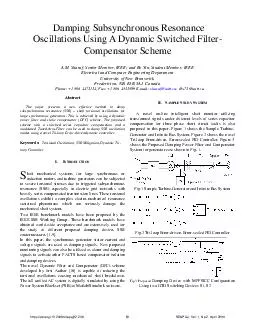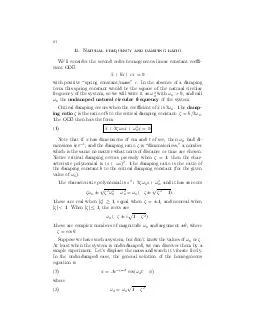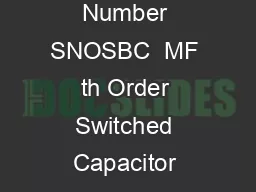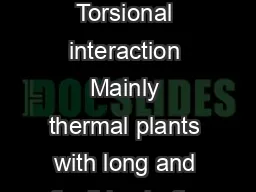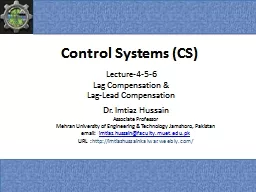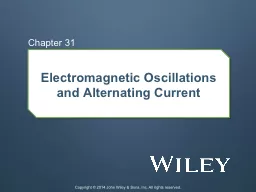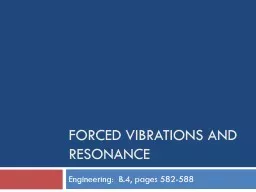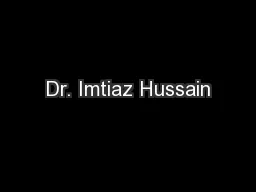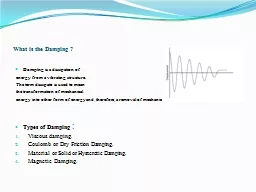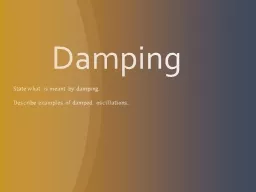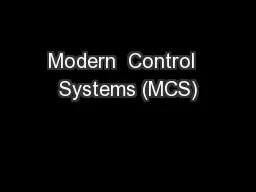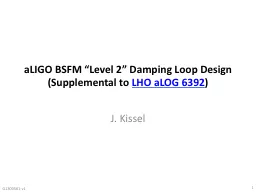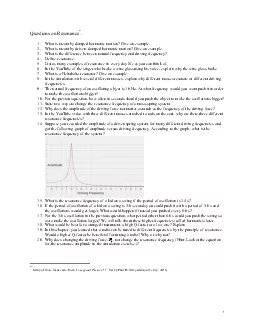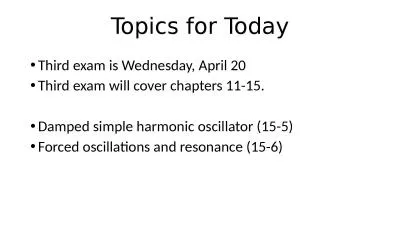PDF-Damping Subsynchronous Resonance Oscillations Using Dynamic Switched Filter Compensator
Author : liane-varnes | Published Date : 2014-12-27
M Sharaf Senior Member IEEE and Bo Yin Student Member IEEE Electrical and Computer Engineering Department University of New Brunswick Fredericton NB E3B 5A3 Canada
Presentation Embed Code
Download Presentation
Download Presentation The PPT/PDF document "Damping Subsynchronous Resonance Oscilla..." is the property of its rightful owner. Permission is granted to download and print the materials on this website for personal, non-commercial use only, and to display it on your personal computer provided you do not modify the materials and that you retain all copyright notices contained in the materials. By downloading content from our website, you accept the terms of this agreement.
Damping Subsynchronous Resonance Oscillations Using Dynamic Switched Filter Compensator: Transcript
Download Rules Of Document
"Damping Subsynchronous Resonance Oscillations Using Dynamic Switched Filter Compensator"The content belongs to its owner. You may download and print it for personal use, without modification, and keep all copyright notices. By downloading, you agree to these terms.
Related Documents

